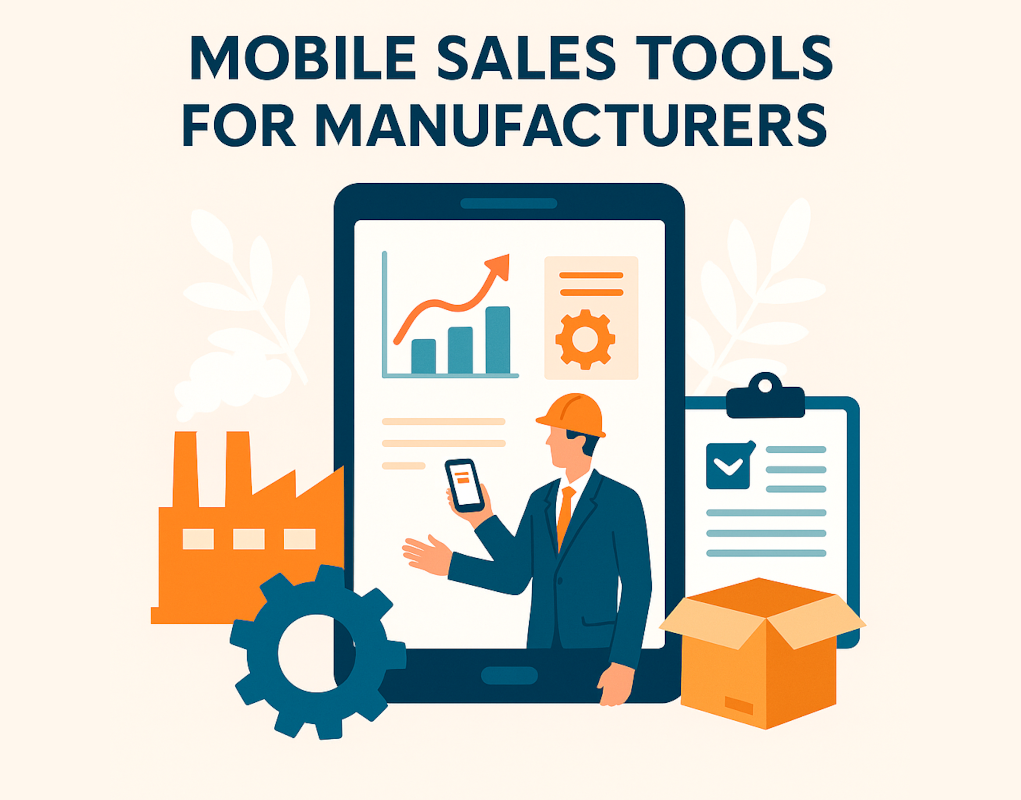Sales enablement has become an essential function in modern revenue teams. It ensures sales reps have the right tools, content, and training to engage buyers effectively. But like any strategic initiative, sales enablement must prove its value through measurable impact. The challenge? Knowing what and how to measure sales enablement.
In this article, we’ll explain how to measure sales enablement – break down key metrics, methods, and best practices for measuring the effectiveness of your sales enablement efforts.

1. Measure Sales Enablement on Clear Goals
Before jumping into metrics, ensure you have clear objectives for your sales enablement program. Common goals include:
• Reducing ramp time for new reps
• Increasing content usage and engagement
• Improving quota attainment
• Shortening the sales cycle
• Increasing win rates
Your goals will determine the most relevant KPIs to track.
2. Track Sales Performance Metrics
Measuring Sales Enablement ultimately aims to improve rep performance. These are key indicators to watch:
• Quota Attainment: Are more reps hitting their targets post-enablement?
• Win Rates: Has the win rate increased in deals where enablement tools or content were used?
• Sales Cycle Length: Are sales cycles becoming shorter after onboarding new playbooks or training?
• Average Deal Size: Are reps better equipped to upsell or close larger deals?
These metrics can often be tracked through your CRM, especially when correlated with sales enablement interventions (e.g. after specific training or campaign rollouts).
3. Measure Sales Enablement Content Effectiveness
If you’re equipping your team with sales content (decks, one-pagers, battlecards, etc.), measure:
• Content Usage: What content are reps actually using? Tools like Crescendo (or Seismic, Highspot, etc) can help here.
• Content Engagement: Are buyers opening, reading, or interacting with the shared content?
• Influence on Pipeline: Which content pieces are most commonly used in closed-won opportunities?
This helps you invest more in what works—and phase out what doesn’t.
4. Analyze Training and Onboarding Impact
Training programs are a cornerstone of sales enablement. To measure their impact:
• Ramp Time: How long does it take new hires to reach full productivity?
• Assessment Scores: How are reps performing in knowledge checks or certifications?
• Call Performance Metrics: Use tools like Gong or Chorus to analyze how reps apply training in real conversations.
Compare pre- and post-training performance to determine effectiveness.
5. Use Feedback Loops
Sometimes numbers don’t tell the full story. Collect qualitative feedback from:
• Sales Reps: Are they finding enablement content useful and easy to access?
• Sales Managers: Do they see improvements in rep confidence or buyer engagement?
• Customers: Are reps providing more relevant, helpful information during the buying journey?
Surveys, interviews, and even Slack polls can give you valuable directional insights.
6. Build Dashboards and Iterate
Use dashboards to consolidate data across platforms and visualize trends. Combine CRM data, content platform metrics, LMS performance, and qualitative insights.
Then review regularly:
• What’s improving?
• What’s plateauing?
• What enablement activities correlate with sales success?
Use this to adjust your strategy and prove ROI to stakeholders.
How to Measure Sales Enablement – Conclusion
Sales enablement is no longer a “nice to have”—it’s a strategic function that directly impacts revenue growth, rep productivity, and buyer experience. But without proper measurement, even the best enablement efforts risk being undervalued or misaligned with business goals.
To measure sales enablement effectively, you need more than just data. You need context. Start by aligning your metrics with clear objectives—whether that’s reducing ramp time, improving win rates, or increasing content engagement. Use both quantitative and qualitative inputs: CRM dashboards, content analytics, training results, and rep feedback all play a role in painting a full picture.
Importantly, measurement should not be a one-time exercise. Make it a continuous loop: measure, analyze, learn, and adjust. The most successful sales enablement teams are those that treat measurement as a strategic asset—not just proof of performance, but a tool for constant improvement.
As the sales landscape becomes more competitive and complex, sales enablement will only grow in importance. The ability to clearly demonstrate its value—through the right metrics and insights—is what will transform enablement from a support function into a key driver of growth.


